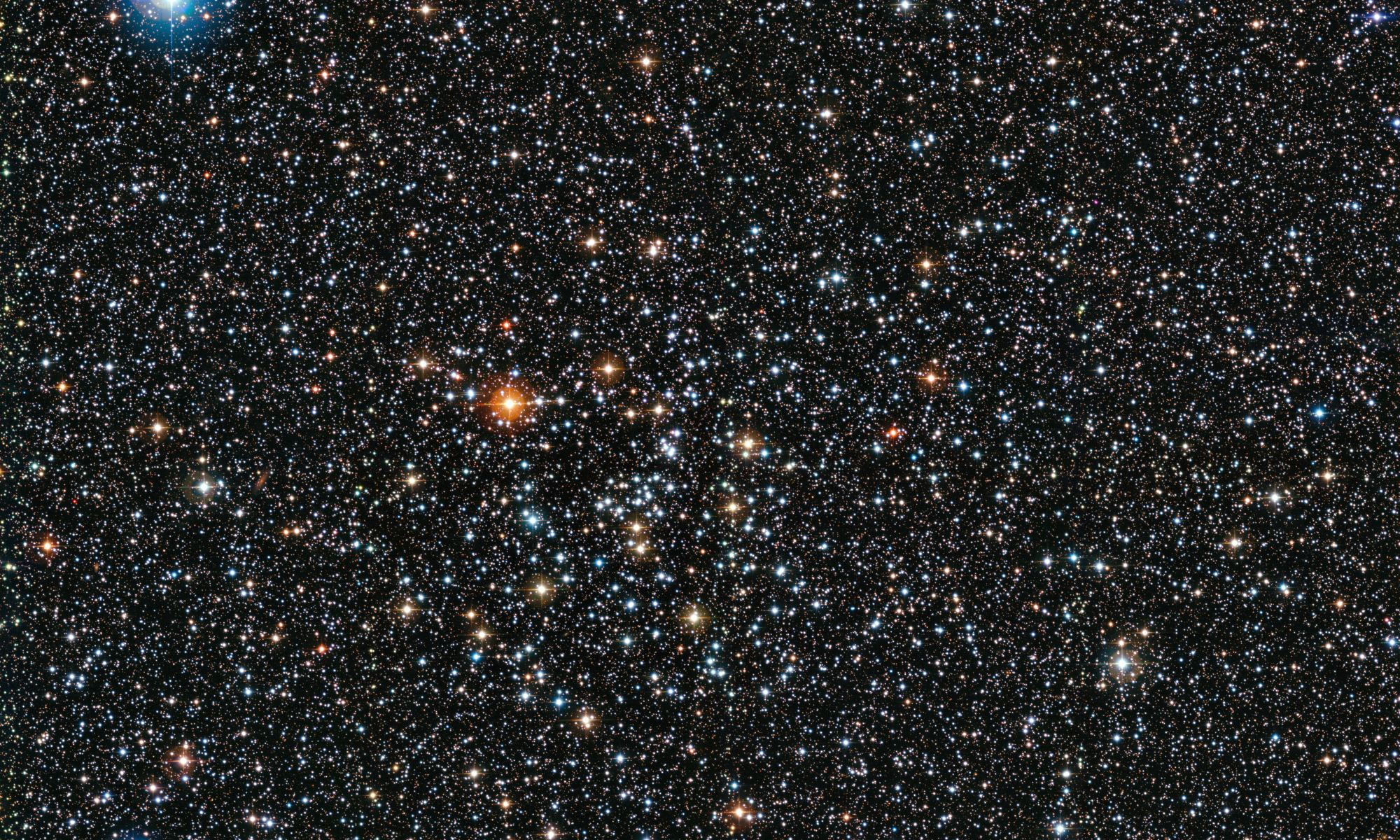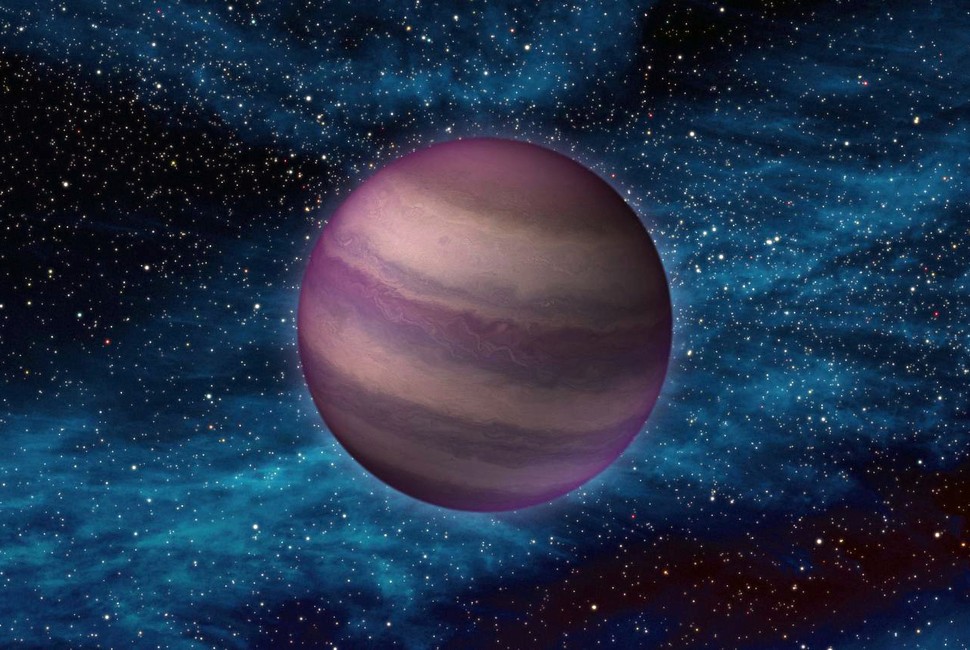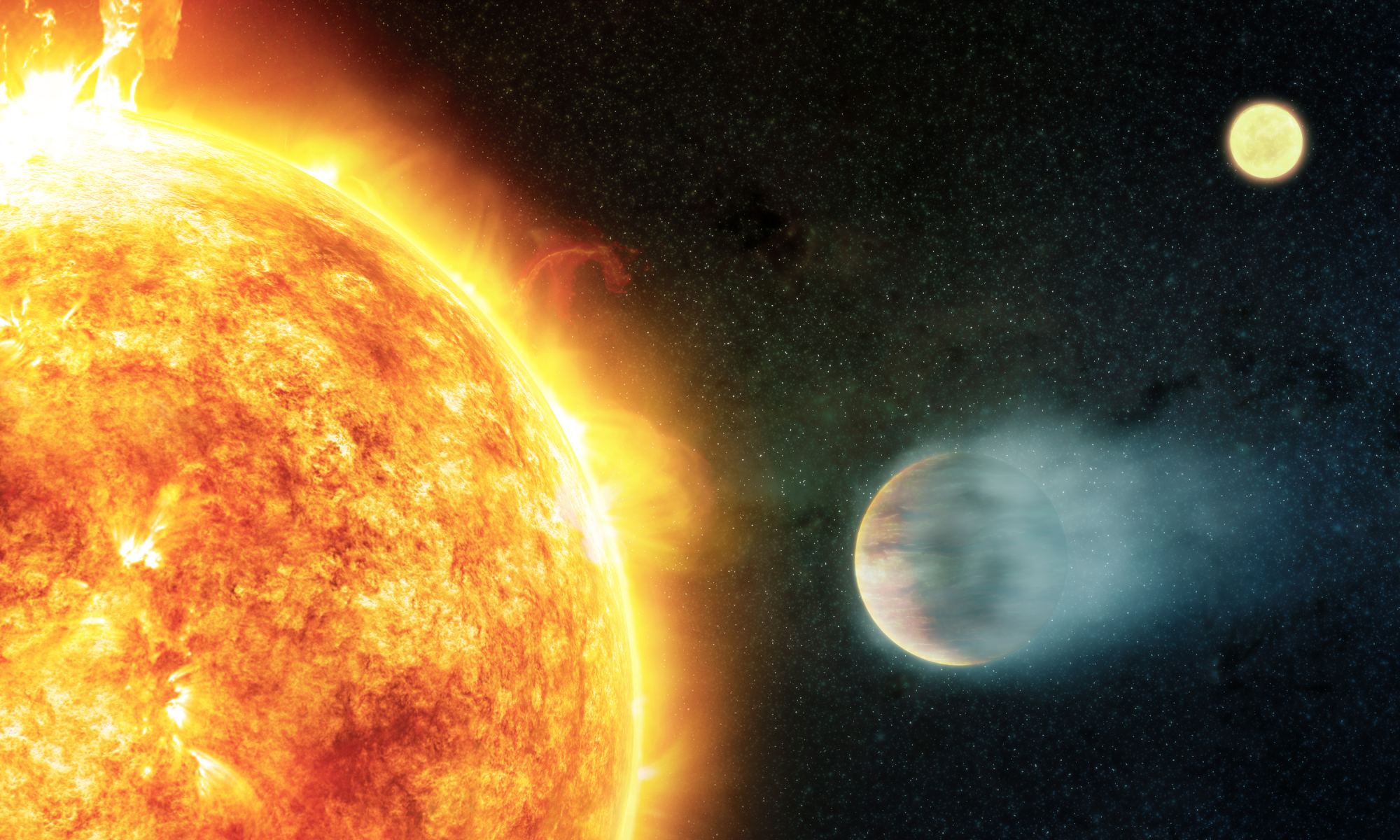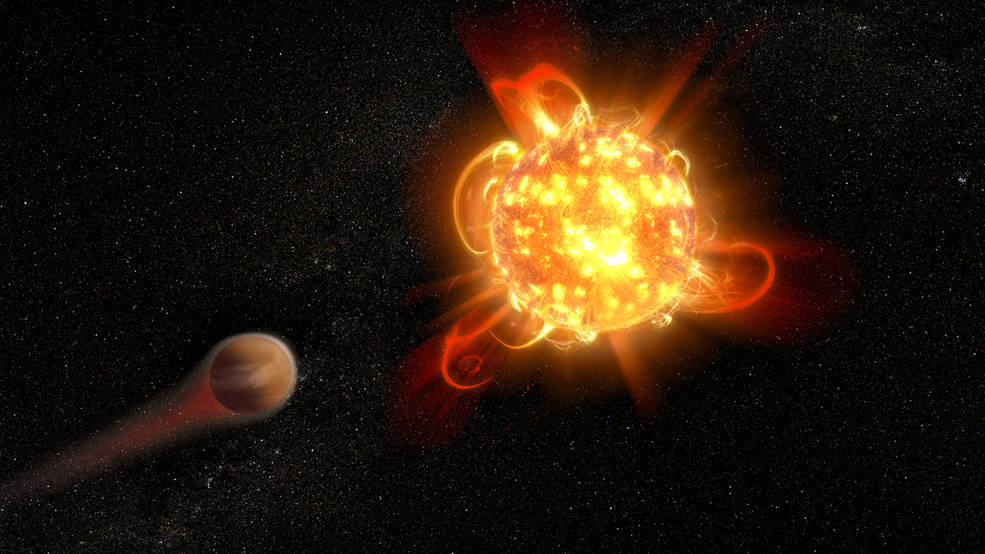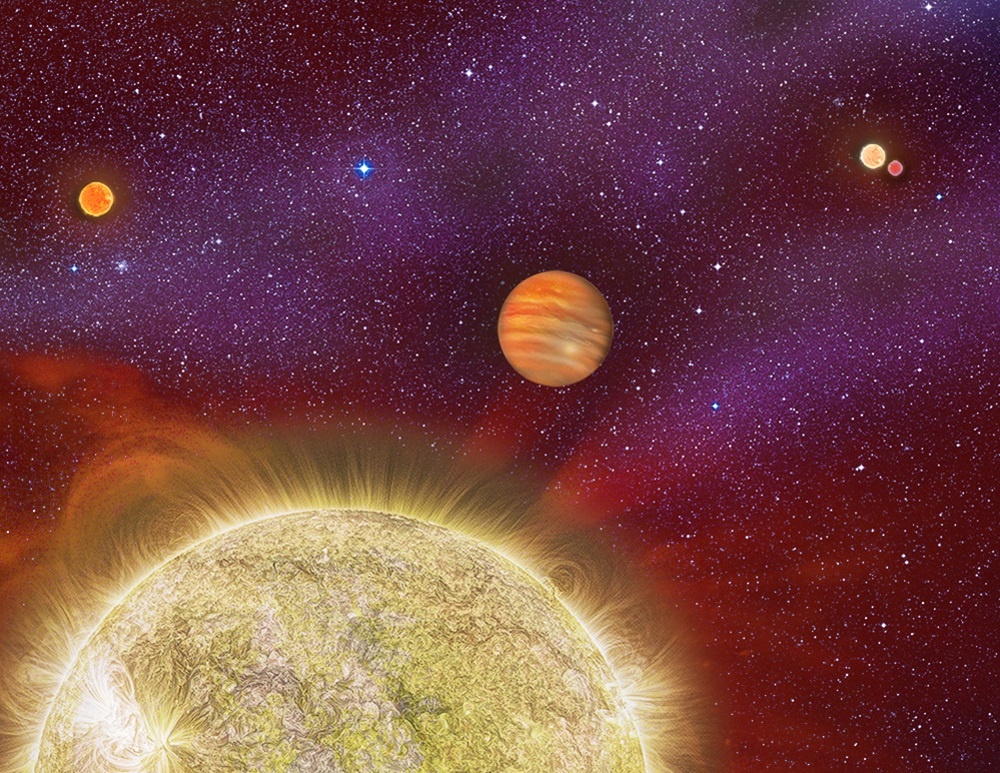When measuring distances in the Universe, astronomers rely on what is known as the “Distance Ladder” – a succession of methods by which distances are measured to objects that are increasingly far from us. But what about age? Knowing with precision how old stars, star clusters, and galaxies are is also paramount to determining how the cosmos has evolved. Thanks to a new machine learning technique developed by researchers from Keele University, astronomers may have established the first rung on a “cosmic age ladder.”
Continue reading “How Old is That Star? Ask a Computer”How Old is That Star? Ask a Computer
